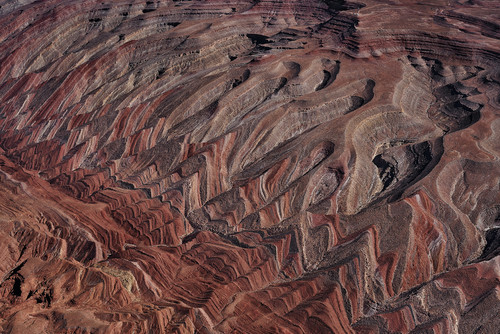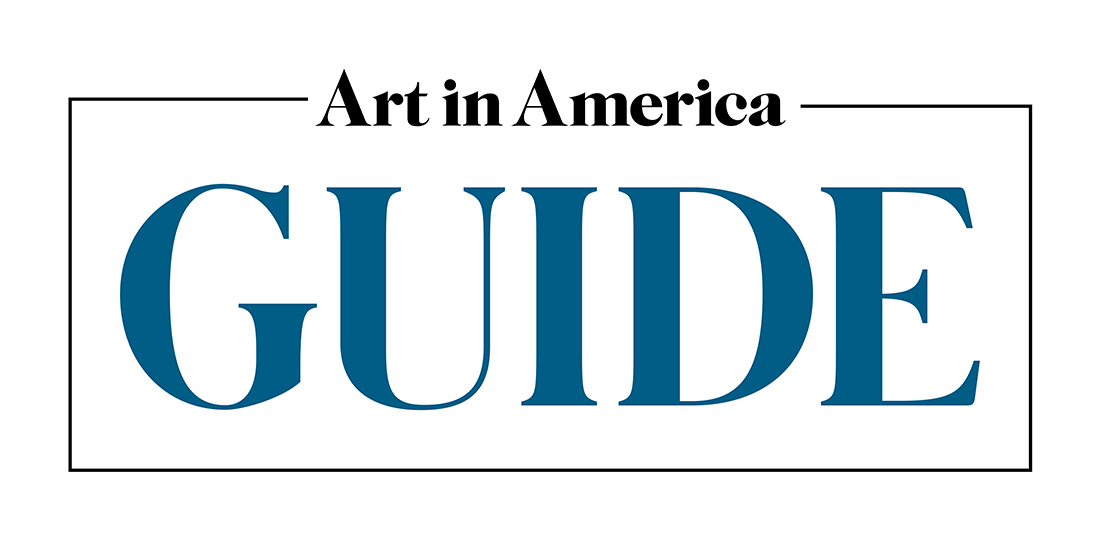
- This event has passed.
Fazal Sheikh: Exposures
September 9, 2022 @ 8:00 am - January 8, 2023 @ 5:00 pm

A new exhibition of work by the artist Fazal Sheikh reveals the far-reaching consequences of environmental racism in the Middle East and the American Southwest
From September 9, 2022, to January 8, 2023, the Yale University Art Gallery presents Fazal Sheikh: Exposures. Organized by Judy Ditner, the Richard Benson Associate Curator of Photography and Digital Media, with Isabella Shey Robbins (Diné), PH.D. candidate in History of Art and American Studies at Yale, the exhibition draws together two extensive photographic projects made in two different regions of the world to call attention to the far-reaching consequences of environmental racism. Working over a 10-year period, first engaging with the legacy of the 1948 Arab-Israeli War (in his project Erasure) and then with resource extraction in the American Southwest (in Exposure), the American artist Fazal Sheikh (born 1965) weaves together portraiture, landscape photography, historical documentation, and personal interviews. The long-term commitment to the people and communities on which the artist focuses was essential to Sheikh’s goal of creating a broader understanding of their lives and circumstances to help counter the ignorance and prejudice they so often face.
“This exhibition highlights the nuances of and similarities among the struggles of global Indigenous communities,” says Judy Ditner. “Sheikh’s intimate portraits and the personal stories of his sitters reveal both the immediate and generational harm enacted on these groups. His approach to landscape is equally tender, photographing the land not only to convey visual evidence of environmental damage but also as an expression of deep respect.” Isabella Shey Robbins explains, “Viewing these seemingly disparate projects together imparts an understanding of the immense risks facing Indigenous peoples, emphasizing the need for protecting their lands and their ways of life and calling for an active fight against settler colonial environmental racism.”
Exposure (2017–22) is set primarily within the Four Corners region of the American Southwest. Ancestral home to the Hopi, Navajo, Uintah Ouray Ute, Ute Mountain Ute, and Zuni tribes, this land abounds with geological, cultural, spiritual, ecological, and archaeological diversity. For this project, Sheikh partnered with Utah Diné Bikéyah (UDB)—a nonprofit coalition of the five abovementioned tribes—along with Native elders and a team of research scientists from Princeton University, New Jersey, to explore the region’s history of uranium, coal, oil, and natural-gas extraction and its impact on the health and well-being of local populations. Paired with personal testimonies, Sheikh’s intimate portraits of Native elders, community leaders, and miners and their family members offer evidence of the violence that Indigenous inhabitants have experienced.
One section of Exposure, titled In Place, is a collaborative installation of images, symbols of Navajo spirituality, and sound, affording visitors a multisensory experience of the Bears Ears area in southeastern Utah. The region is named after the iconic twin plateaus of Cedar Mesa, which resemble “bears’ ears”—or, in each of the area’s Native languages, Hoon’Naqvut (Hopi), Shash Jaa’ (Navajo), Kwiyagatu Nukavachi (Ute), and Ansh An Lashokdiwe (Zuni). Sheikh’s photographs here present the majestic vistas in this part of Red Rock Country. Understanding that he is a guest on these lands, the artist shares the truths and beauty of these sacred places as an expression of solidarity with and care for their Indigenous inhabitants. At the center of this contemplative space is a unique contribution called Offering, by Jonah Yellowman (Diné), spiritual advisor to UDB and one of its founding members. This and the accompanying flags created by Yellowman’s daughter, Trina Yellowman (Diné), represent Navajo spirituality and a deep connection to the land. Sound recordings by geologist Jeffrey Ralston Moore and his team at the University of Utah, Salt Lake City, resonate throughout this gallery of the exhibition. Taken from seismometer readings of the red-rock formations, the recordings, titled Grounding, make audible the heartbeat of the land.
Through four interconnected series set in the northern reaches of the Negev Desert (Arabic: an-Naqab), Erasure (2010–15) addresses the ongoing legacy of the 1948 Arab-Israeli War—referred to by the Arab population as the Nakba (Catastrophe) and by the Israeli population as the War of Independence. The photographs in Erasure are displayed alongside historical research, scientific analysis, and orally transmitted local knowledge, pointing to the Negev’s often hidden geographical, historical, and political circumstances. In one of the four series that make up Erasure, titled Desert Bloom, the use of aerial photography allows Sheikh to capture traces of defunct military zones and former Bedouin villages, newly planted forests alongside villages currently under threat, and the growing sprawl of Israeli settlements. These are accompanied by detailed captions that geolocate each site, making clear the forces of militarization, industrialization, and settlement that produced the current scars on the land. Another section, The Conflict Shoreline—Sheikh’s collaboration with the British-Israeli architect and researcher Eyal Weizman—exposes the decades-long entanglement of climate change and political conflict in the Negev. Here, sensitive portraits of activists for Bedouin rights, bird’s-eye views of a contested village on the Negev’s northern threshold, citizen-gathered video documentation, and a research-based visual case study challenge dominant historical accounts by revealing latent signs of violence.
Sheikh’s attunement to the political and social complexity of this region is fundamental to his approach. Memory Trace connects imagery of ruins, landscapes, and displaced populations following the 1948 war to census and military data as well as to personal accounts of evacuation and depopulation. The works attest to a process of displacement and exile for which straightforward photographic documentation is insufficient. Finally, invoking the divisions of the past and the hopes for resolution in the future, Independence/Nakba features paired portraits of Israelis and Palestinians born in the same year, from 1948 to 2013. The intimacy, trust, and care that Sheikh cultivates through these portraits harmonize with the visual evidence contained in the photographs, an interplay of closeness and distance that recognizes the importance of memory, witnessing, and testimony.
